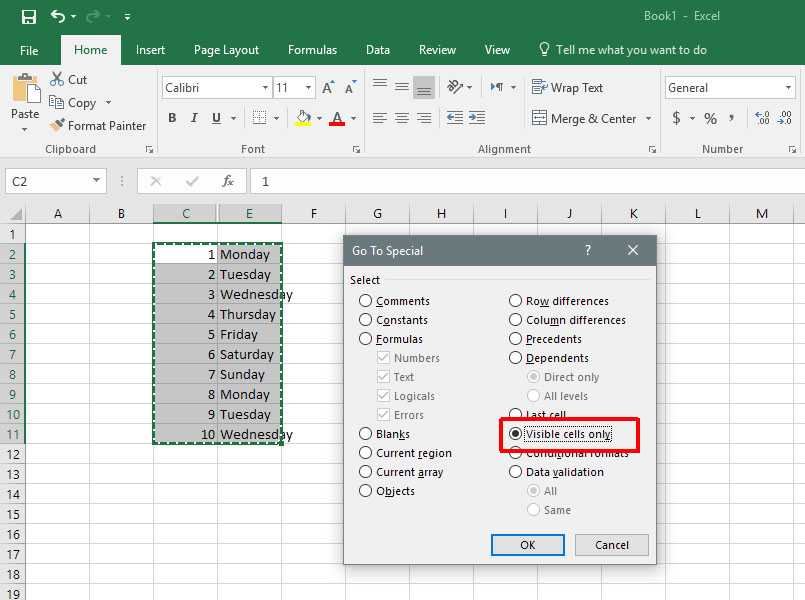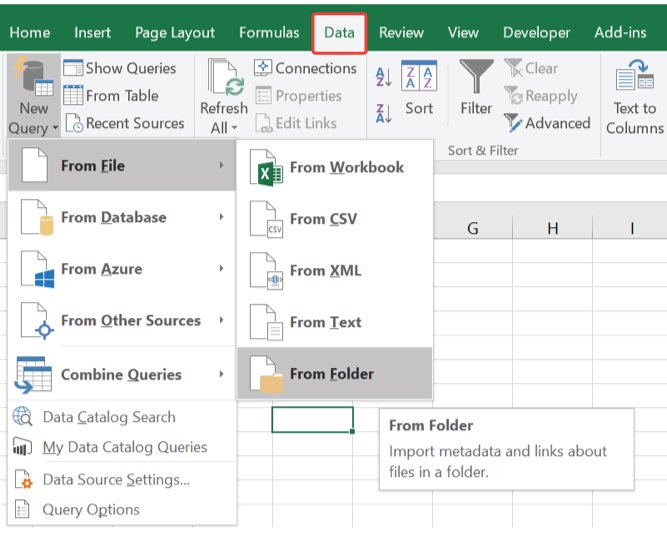
 Select CalendarMaker, and then select Run to create the calendar. On the Tools menu, point to Macro, and then select Macros. On the File menu, select Close and Return to Microsoft Excel. Paste the Visual Basic for Applications script from the "Sample Visual Basic procedure" section into the module sheet. On the Tools menu, point to Macro, and then select Visual Basic Editor. To create the calendar, follow these steps. Microsoft support engineers can help explain the functionality of a particular procedure, but they will not modify these examples to provide added functionality or construct procedures to meet your specific requirements. This article assumes that you are familiar with the programming language that is being demonstrated and with the tools that are used to create and to debug procedures. This includes, but is not limited to, the implied warranties of merchantability or fitness for a particular purpose. There are also hyperbolic functions available in the Function Wizard.Microsoft provides programming examples for illustration only, without warranty either expressed or implied. Returns the tangent of the given angle, number is the angle in radians for which you want the tangent. Number is the angle in radians for which you want the sine. Returns the number 3.14159265358979, the mathematical constant, accurate to 15 digits. Where angle is the angle in radians that you want to convert to degrees. In other words, this is a four-quadrant arctangent.ĬOS(number), number is the angle in radians for which you want the cosine. The angle is given in radiansĪTAN2(x_num,y_num) where, x_num is the x-coordinate of the point. The arctangent is the angle from the x-axis to a line containing the origin (0, 0) and a point with coordinates (x_num, y_num). Returns the arctangent of the specified x and y coordinates. In other words, this is a two-quadrant arctangent.ĪTAN(number), number is the tangent of the angle you want. The returned angle is given in radians in the range -pi/2 to pi/2. The arctangent is the angle whose tangent is number. The returned angle is given in radians in the range -pi/2 to pi/2.ĪSIN(number), number is the sine of the angle you want and must be from -1 to 1. The arcsine is the angle whose sine is number. The returned angle is given in radians in the range 0 (zero) to pi.ĪCOS(number), number is the cosine of the angle you want and must be from -1 to 1. The arccosine is the angle whose cosine is number. You should always remember that all computer applications, including Excel, use radians instead of degrees. Many physical problems involve trigonometric functions such as SIN, COS, and TAN or their inverses ASIN, ACOS, ATAN. EXCEL contains a collection of 10 of the most useful trigonometric functions.
Select CalendarMaker, and then select Run to create the calendar. On the Tools menu, point to Macro, and then select Macros. On the File menu, select Close and Return to Microsoft Excel. Paste the Visual Basic for Applications script from the "Sample Visual Basic procedure" section into the module sheet. On the Tools menu, point to Macro, and then select Visual Basic Editor. To create the calendar, follow these steps. Microsoft support engineers can help explain the functionality of a particular procedure, but they will not modify these examples to provide added functionality or construct procedures to meet your specific requirements. This article assumes that you are familiar with the programming language that is being demonstrated and with the tools that are used to create and to debug procedures. This includes, but is not limited to, the implied warranties of merchantability or fitness for a particular purpose. There are also hyperbolic functions available in the Function Wizard.Microsoft provides programming examples for illustration only, without warranty either expressed or implied. Returns the tangent of the given angle, number is the angle in radians for which you want the tangent. Number is the angle in radians for which you want the sine. Returns the number 3.14159265358979, the mathematical constant, accurate to 15 digits. Where angle is the angle in radians that you want to convert to degrees. In other words, this is a four-quadrant arctangent.ĬOS(number), number is the angle in radians for which you want the cosine. The angle is given in radiansĪTAN2(x_num,y_num) where, x_num is the x-coordinate of the point. The arctangent is the angle from the x-axis to a line containing the origin (0, 0) and a point with coordinates (x_num, y_num). Returns the arctangent of the specified x and y coordinates. In other words, this is a two-quadrant arctangent.ĪTAN(number), number is the tangent of the angle you want. The returned angle is given in radians in the range -pi/2 to pi/2. The arctangent is the angle whose tangent is number. The returned angle is given in radians in the range -pi/2 to pi/2.ĪSIN(number), number is the sine of the angle you want and must be from -1 to 1. The arcsine is the angle whose sine is number. The returned angle is given in radians in the range 0 (zero) to pi.ĪCOS(number), number is the cosine of the angle you want and must be from -1 to 1. The arccosine is the angle whose cosine is number. You should always remember that all computer applications, including Excel, use radians instead of degrees. Many physical problems involve trigonometric functions such as SIN, COS, and TAN or their inverses ASIN, ACOS, ATAN. EXCEL contains a collection of 10 of the most useful trigonometric functions. 
The trigonometric functions are also included in the Function Wizard. Finally, click the OK button on the dialog box.Ĭell D2 should now display the average of A1:A3

We do not need to enter Number 2 for this example. We may do this by either typing or by using the mouse to drag over the range. In the Function Wizard (Step 1) dialog box under Function category select Statistical and under Function Name select AVERAGE as in Figure below. The function wizard will take you through setting up the fields in the function step by step. Select Cell D2 and open the Function Wizard either by opening the Insert menu and clicking 'Function' or by clicking on the function icon to the left of the address bar. Write some numbers in cells A1 through A3. Let us assume that we want to take the average of the values in cells A1:A3 and write the result in cell D2. The Average function will calculate the average of all the numbers you list in the parenthesis. In the following example, the "Average" Function has been used as an example. Use the mouse to click on each Function category and explore the Functions. To use the Function Wizard you can either choose Function from the Insert menu or you can click on the Function Wizard button "fx" located on the Standard toolbar. The function wizard opens all of the functions in Excel, through sub-menus and categories.







 0 kommentar(er)
0 kommentar(er)
